Tips to teach vowel sounds to toddlers
Tips to teach vowel sounds to toddlers
how to teach vowel sounds? Learning letter sounds is one of the first steps in learning to read. While most consonant sounds come easily to kids, vowel sounds can be an entirely different challenge. As vowel sounds are not “felt” as much in the mouth as most consonant sounds, making it harder for kids to hear them. This is evident in kid’s self-made spellings, such as VN for a van.
Vowel sounds can also be spelled in several different ways, making reading and spelling them tricky even for some adults.
Vowel sounds can be taught in 2 folds:
- Teach in a developmentally appropriate way and
- Teach the most common vowel patterns first because these are most needed for kids in their reading and spelling.
Where to start from?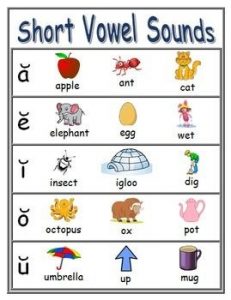
- Short vowel sounds are much more consistent in their spellings which makes them the perfect place to start.
- Therefore, begin with short vowel sounds that belong to the same family words, which means the words in which the vowel sounds similar.
- By the time the toddler can read or spell one word, they can read or spell another word without confusion. For example, if kids can read and spell cat, they can read and spell other words like a rat, mat, hat, fat, or even that and flat.
- Start with word families one at a time.
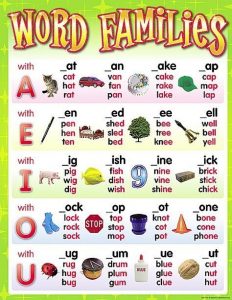
- Learning word family patterns helps kids to see those words, spell them correctly and because they can read or spell one word, they can read or spell other words.
- For example, if kids can read and spell cat, they can read and spell other words like a rat, mat, hat, fat, or even that and flat. This is very powerful.
- Word families are also very predictable in spelling as well as a vowel sound.
- For example, a sound in the cat is different than a sound in the can but at words share the same a sound and the same at spelling, making it easier for kids to learn.
- The key is introducing word families one at a time, especially at first.
- Once a child is comfortable with that family, move on to a new word family.
- Once kids have a few word families under their belt, start mixing them up.
- If word family chunks aren’t working, use word families without drawing attention to the chunk that they all share.
- For example, instead of reading fat like f + at (chunking them -at separate from f), kids could sound it out f – a – t (as three separate sounds).
- As kids are becoming comfortable with short vowel CVC words and moving out of needing them in word families, they are typically ready to start spelling words with blends and digraphs in them. in them. These include words such as clam, step, bath, or tent.
CVC Words?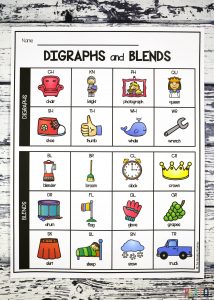
A CVC word is a basic three-letter word that is made up in the order of consonant, vowel, and consonant.
Example: Cap, Hot, Tip, Pen, Hut
What to teach after short vowel words?
- Once kids are comfortable with short vowels with simple blends and digraphs, you may be tempted to move on to long vowels.
- But there are a couple more “stops” you can make before you arrive at long vowels. While it isn’t “wrong” to move to long vowels, some kids aren’t ready for that step just yet and that’s okay.
how to teach vowel sounds
Two extra “stops” you can take are:
- Teaching kids words that have blends and digraphs at the beginning and end of words. Instead of a simple word like a dump, work on reading and spelling words like stump or thump.
- Teaching kids the bossy r patterns, which are ar, er, ir, or, and ur. Compare them to the short vowel words they already know like a car, her, girl, work, and hurt.
If the child is not understanding the CVCe (long vowel) pattern. What needs to be done to help him get it?
- Before you introduce words with long vowel patterns in them, sometimes it can be a great idea to just listen for sounds in long vowel words versus short vowel words.
- It can help by teaching kids’ long vowel patterns by word families.
There are a lot of long vowel patterns. Which order to follow?
Some long vowel sounds are not as common as others. For example, the ui pattern is not as common as the ew pattern for long u vowels. The best place to start is with the most common long vowel patterns because this is what kids see more in books and need more in their spelling.
Typically, I start with the CVCe patterns. If I had to break it down, this is how I introduce long vowel patterns (give or take):
- CVCe patterns {a_e, i_e, o_e and u_e}
- Very Common Vowel Patterns {ee, ea, ai, oa, igh, etc.}
- Common Vowel Patterns {ay, ue, ie, ow, long oo, ew}
- Less Common Vowel Patterns {ui, ei, final y, etc.}
They include patterns like oo {in the word foot}, au, aw, ou, oi, and oy. Besides the oo pattern, many of these are less common and could be taught alongside the less common vowel patterns.
The basic way I teach all the vowels is to build them off the high front vowel and the high back vowel. That’s Long E (as in “eat”) and Long Oo (as in “school”).
- Start by having the child produce Long E (assuming he/she can). Exaggerate it with a big smile.
- Then have the child lower and elevate the jaw while he/she holds the tongue in the exaggerated E position.
- As the jaw goes slowly up-and-down the vertical scale (from top to bottom), he/she should “hit” every front vowel. This is because the tongue is in the same position and jaw height is what brings the vowels in.
- Then teach the child to hear every front vowel that occurs as the jaw elevates and depresses. This is ear training.
- Teach the child that the jaw going up and down is like a train traveling on a track.
- Each vowel along the way is a different stop.
- The child has to learn where to stop, and he/she has to learn to hear the front vowel that occurs when he/she stops at each point.
Back Vowels
- Start by having the child produce Long Oo (assuming he can). Make sure the lips are very round (puckered).
- Then have the child lower and elevate the jaw while he/she holds his/her mouth in the exaggerated Oo position.
- As the jaw goes slowly up-and-down the vertical scale (from top to bottom), he/she should “hit” every back vowel. This is because the mouth is in the same position and jaw height is what brings the vowels in.
- Then teach the child to hear every back vowel that occurs as the jaw elevates and depresses. This is ear training.
- Teach the child that the jaw going up and down is like a train traveling on a track. Each vowel along the way is a different stop.
- The child has to learn where to stop, and he/she has to learn to hear each back vowel that occurs when he/she stops at each point.
how to teach vowel sounds
If the toddler is not able to master vowel sound in kindergarten:
- He/ she will struggle with reading soon.
- Writing spellings will be very difficult and it will affect his/ her self-esteem.
- These issues will keep on growing as the child moves through different grades.
Happy learning!
Feel free to contact us if you are still facing challenges to teach the vowels to your toddlers.
how to teach vowel sounds
- Famous people with Autism/ADHD - August 16, 2022
- When is Speech Therapist needed? - March 26, 2022
- Best Toys for Speech Stimulation for Toddlers - June 21, 2021

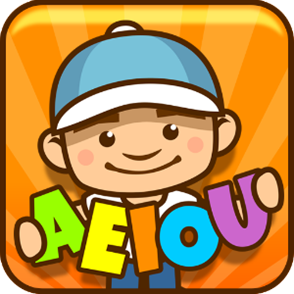
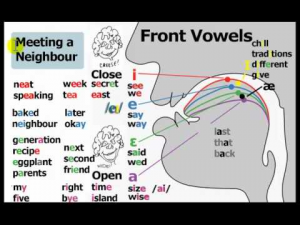
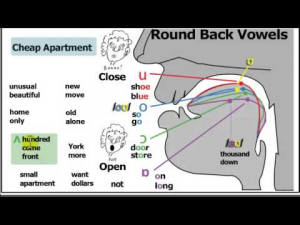
Leave a Comment
(0 Comments)